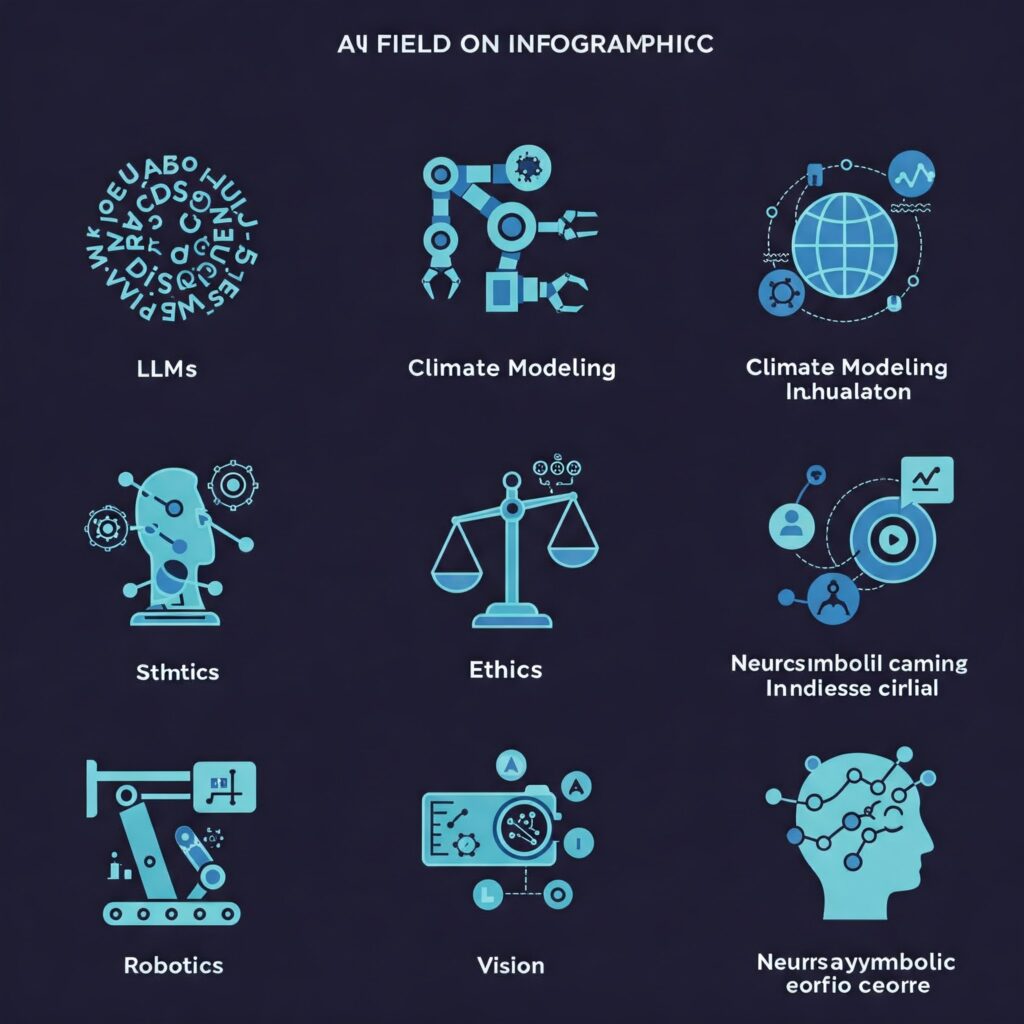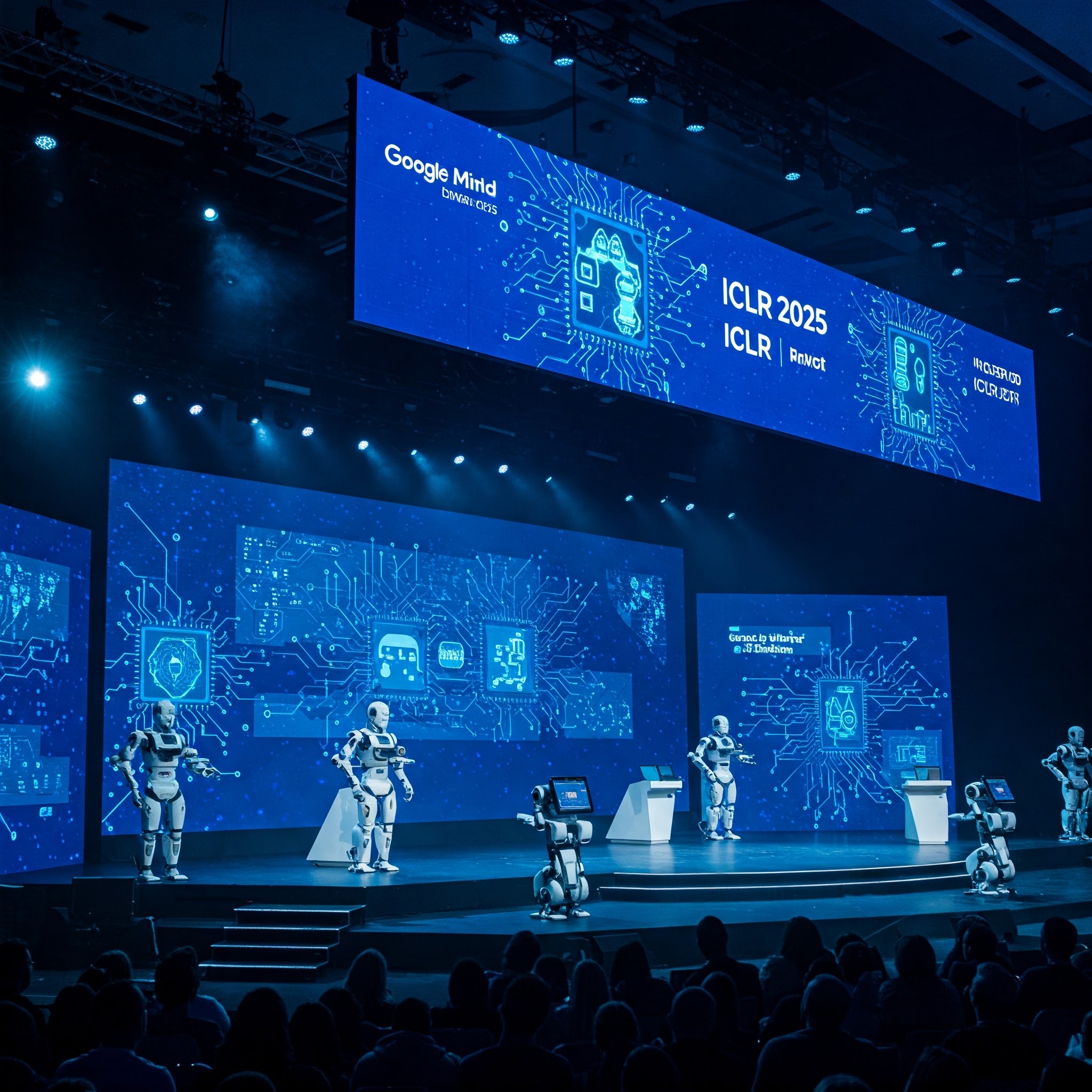Estimated Reading Time: 4 minutes
Introduction
Google DeepMind and Google Research are once again redefining the boundaries of artificial intelligence. At the prestigious International Conference on Learning Representations (ICLR) 2025, they showcased an astonishing 125 research papers. This unprecedented contribution not only underscores Google’s dominance in AI innovation but also sets the stage for the future of intelligent systems. From transformative advances in large language models to sustainable computing practices, the range and depth of their work is shaping the future of technology.
What is ICLR and Why It Matters
The International Conference on Learning Representations (ICLR) is a globally respected AI conference, known for being the breeding ground of some of the most impactful breakthroughs in machine learning. ICLR provides a platform for top researchers to present their latest findings, debate methodologies, and influence future trends. Innovations first seen at ICLR often make their way into real-world applications, shaping industries like healthcare, finance, robotics, and more.
Google’s Dominance at ICLR 2025
Google DeepMind and Google Research’s massive contribution to ICLR 2025 isn’t just a numbers game—it reflects their multi-faceted approach to AI research. Their 125 papers span numerous subfields and introduce both theoretical advancements and practical applications.
For example, their work on Large Language Models (LLMs) explores enhanced reasoning, efficiency, and multilingual understanding. In Reinforcement Learning, papers show real-world implementations in robotics. In Computer Vision, researchers have developed models that achieve higher performance with fewer parameters.
They’ve also made significant strides in:
- Ethics & Fairness in AI, introducing robust bias mitigation strategies and improved model interpretability.
- Efficient AI, with methods that lower computational and energy requirements.
- Neurosymbolic Learning, which combines logical and statistical approaches for more robust AI reasoning.
These contributions not only enhance the AI toolkit but are also largely open-sourced, enabling researchers worldwide to benefit and build on Google’s work.
Key Highlights and Innovations

Among the many groundbreaking papers, several stood out for their impact and novelty:
Scalable Inference with Less Compute: A revolutionary model architecture rivals GPT-4’s performance while slashing energy usage by half, paving the way for sustainable AI development.
Neural Networks That Explain Themselves: These models incorporate built-in interpretability, making them more transparent and trustworthy in critical applications like finance and healthcare.
AI for Climate Modeling: Using advanced neural operators, these models provide high-resolution simulations of climate systems—an essential step toward combating climate change.
Foundation Models in Robotics: Demonstrating how pre-trained, generalized models can adapt across robotic tasks, this work showcases real-world transfer learning in action.
Long-Term Memory for LLMs: A breakthrough enabling language models to retain and retrieve information across multiple sessions, opening the door to more personalized and coherent AI assistants.
A Glimpse into the Future
Google’s portfolio at ICLR 2025 points to where AI is headed:
Generalist AI Systems are being developed to understand and reason across multiple domains, blurring the lines between specialized models.
Greener AI is no longer optional. Techniques presented aim to drastically cut energy costs, making AI development and deployment more sustainable.
AI-Augmented Scientific Discovery is on the rise. Google’s papers hint at future collaborations where AI accelerates breakthroughs in biology, material science, and even astrophysics.
Human-AI Collaboration is becoming more seamless, with systems designed to be fair, interpretable, and supportive of human decision-making rather than replacing it.
Conclusion
With 125 groundbreaking papers, Google DeepMind and Google Research have cemented their leadership in AI. Their ICLR 2025 showcase isn’t just about what’s possible today—it’s a blueprint for the next era of intelligent, ethical, and scalable technologies. By open-sourcing much of their work, they’re fostering a collaborative spirit in the AI community that will drive progress for years to come. The AI of tomorrow is already taking shape—and it’s more powerful, inclusive, and responsible than ever before.
FAQs
Q1: Why did Google present so many papers at ICLR 2025?
A: Google has extensive research teams working across multiple domains in AI. Their goal is to push boundaries and encourage collaboration through open science.
Q2: Where can I read the papers?
A: Most papers are available on the ICLR OpenReview portal and Google’s AI blog.
Q3: Which paper was the most impactful?
A: While it depends on the field, the new scalable LLM paper drew particular attention for its efficiency breakthroughs.
Q4: How does this benefit the AI community?
A: By sharing research openly, Google accelerates innovation and ensures transparency, enabling others to build on their work.
Q5: Are there any commercial products coming from this?
A: Some innovations might be integrated into Google’s products over time, but research is often years ahead of deployment.
